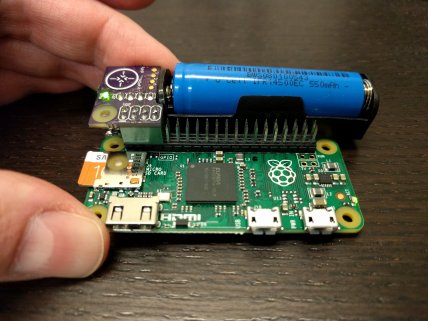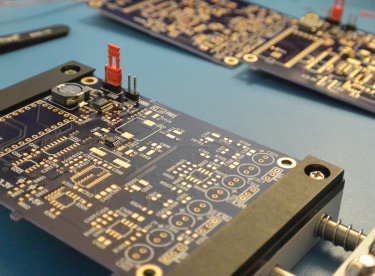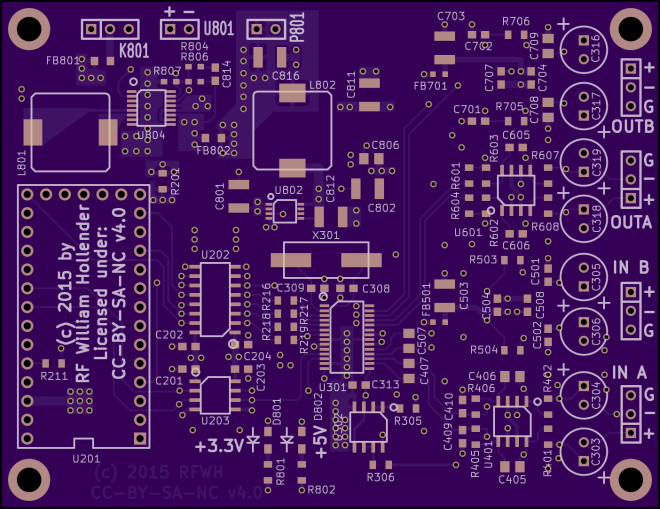Patrick Van Oosterwijck is working to make LiFePO4 battery technology easy for makers:
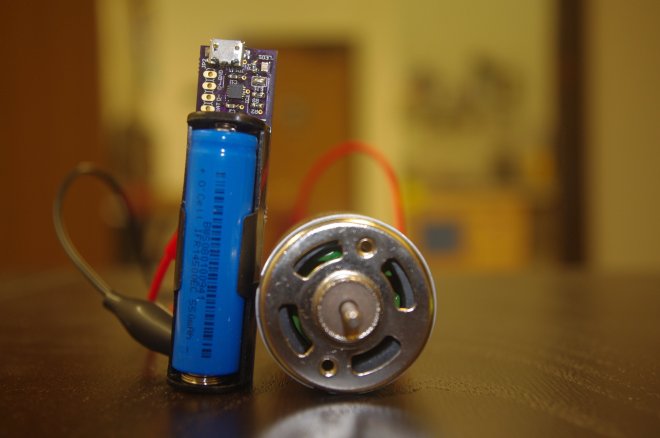
LiFePO4 is a battery technology that finds wide application in power tools and electric vehicles. It is an inherently stable chemistry (which makes it safe), is environmentally friendly (no heavy metals), has very high power density and many more recharge cycles than other Lithiums.
Easy to use module to get started with LiFePO4 in your own designs. It’s basically a battery with an integrated USB charger. All connections are on a 0.1″ grid for easy integration. Take power straight off the battery holder terminals, or if that doesn’t fit in your design, cut off the battery terminals and connect to the 0.1″ header footprint.
The EAGLE design files are available in this GitHub repo:
 LiFePO4wered-USB-OSHW
LiFePO4wered-USB-OSHW
The assembled board is sold on Tindie:
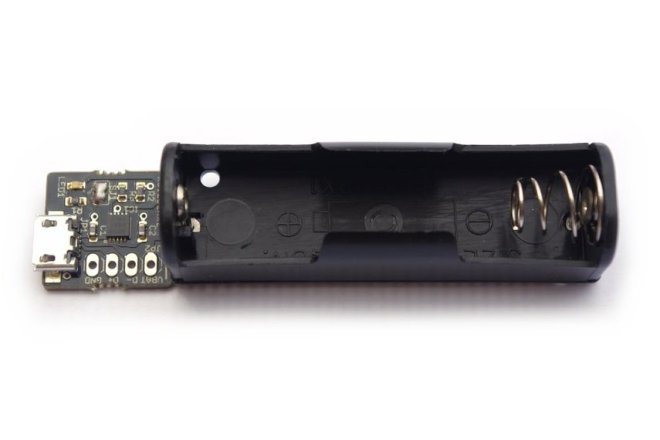
LiFePO4wered/USB: A complete USB chargeable 3.3V power system on a module
- LiFePO4 battery technology–made convenient for makers.
- 3.2V 550 mAh LiFePO4 battery is included!
Patrick also created this LiFePO4 battery power manager for Raspberry Pi:
The project is built on top of a LiFePO4wered/USB module. A small board is added with an MSP430G2131 microcontroller that takes care of monitoring input and output voltage, monitoring a PCB touch button, driving a power indicator LED and switching the load (the Raspberry Pi power). The microcontroller is also connected to the Pi’s I2C bus and monitors the Pi’s running state. The small board connects to 8 of the Pi’s GPIO pins but leaves the rest free to allow prototyping using fly leads.
Library, command line tool and daemon for the LiFePO4wered/Pi module:
 LiFePO4wered-Pi
LiFePO4wered-Pi













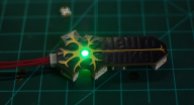



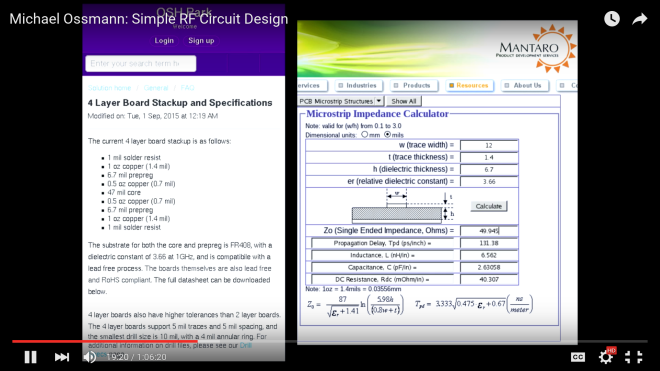


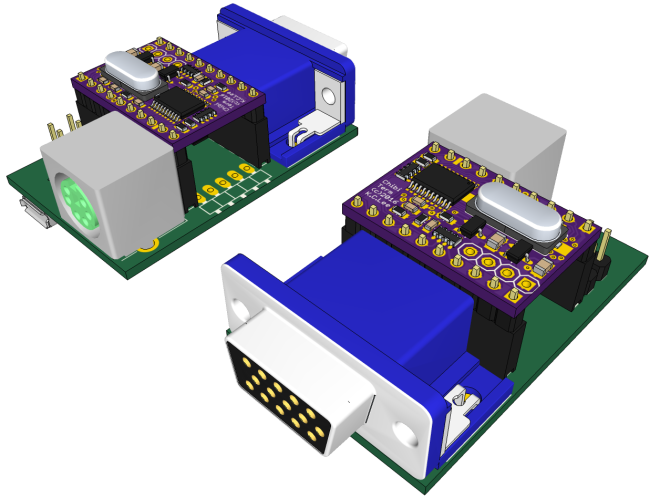
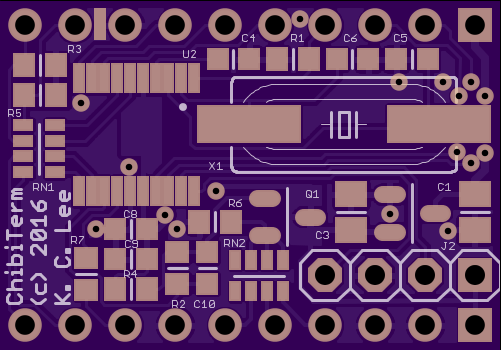

 LiFePO4wered-USB-OSHW
LiFePO4wered-USB-OSHW

